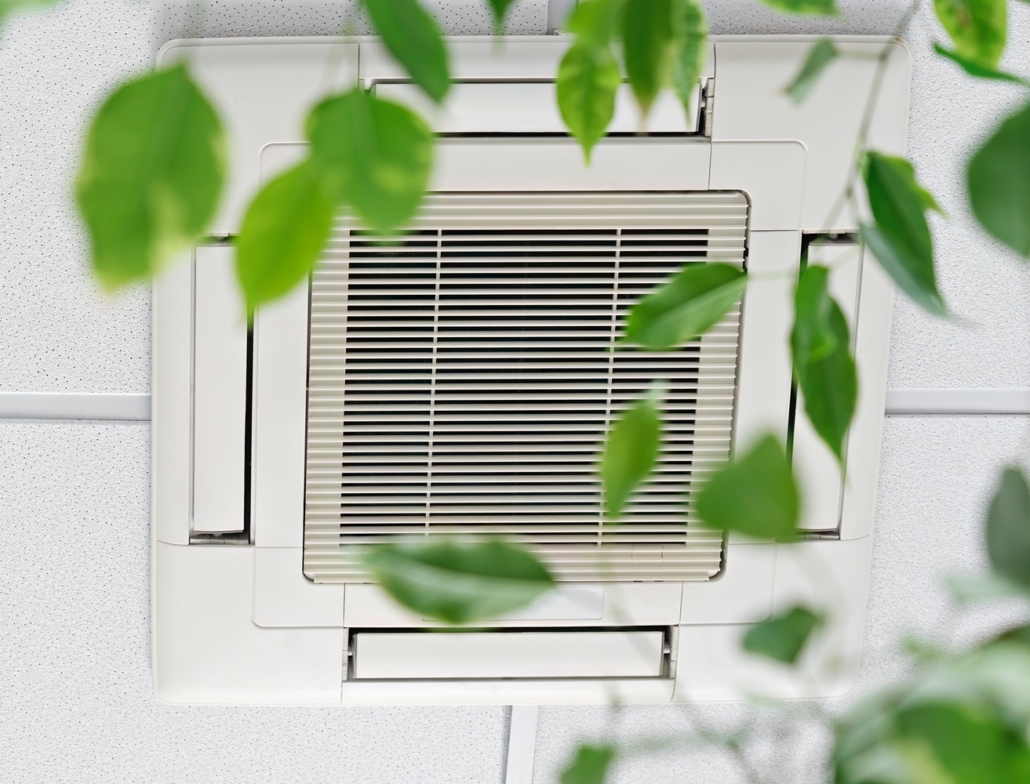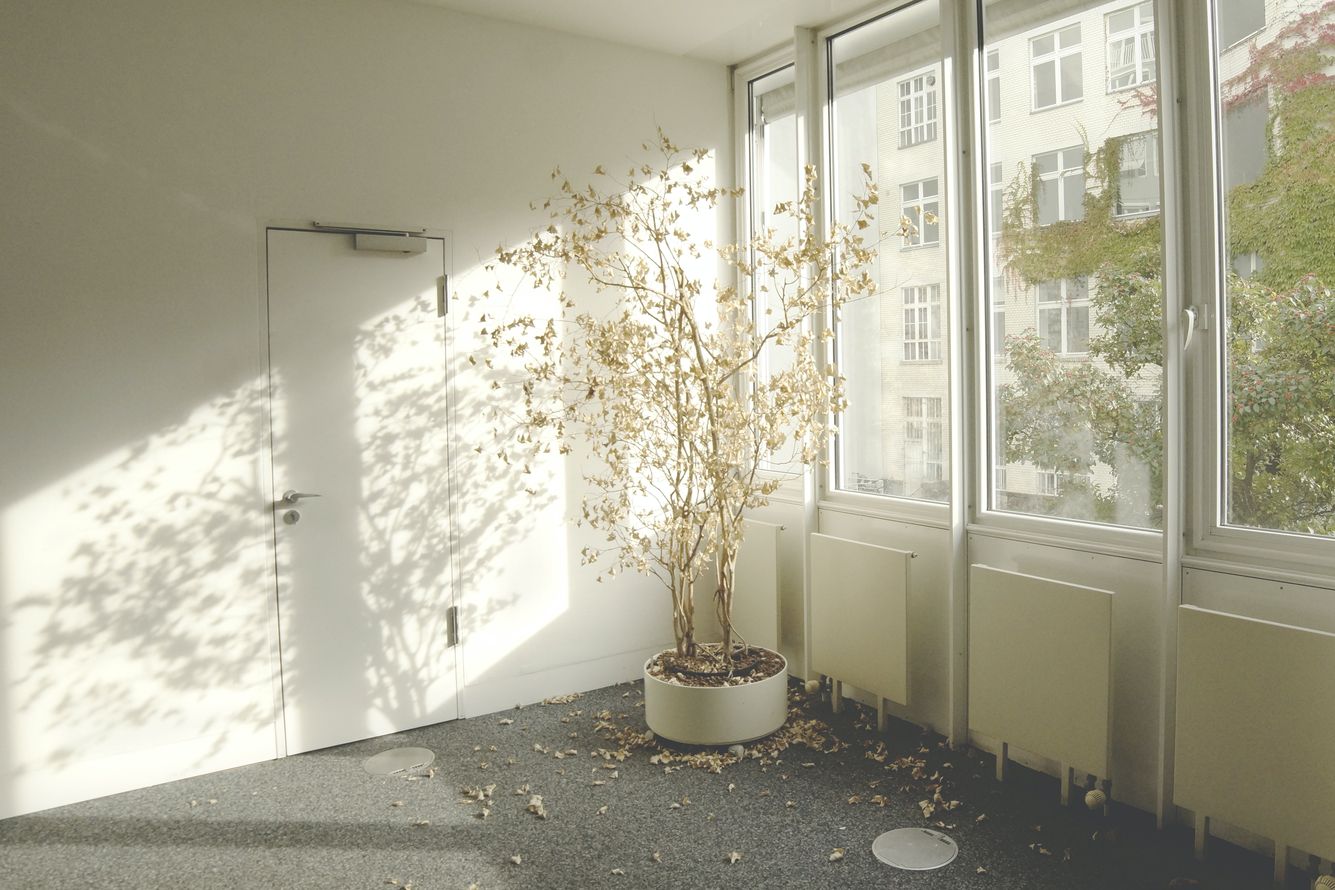“We are well aware of the issues surrounding the quality of outdoor air, but indoor air is often forgotten” laments Aurélie Joubert, professor in process engineering applied to air treatment at IMT Atlantique. Yet, the quality of indoor air is a real concern for public health because indoor environments are the first to be exposed to the many pollutants that build up there. There are chemical pollutants such as volatile organic compounds, fine particles, as well as microorganisms such as bacteria, viruses and fungi. It is these invisible microorganisms that the research professor’s team decided to focus their research on for their last publication.
This publication set out the results of the research carried out for a thesis, written in partnership with the French School of Public Health (EHESP). Gaëtan Pavard, is now a doctor, and during his PhD studies, he focused his work on studying a sampling method to monitor the microorganisms in the indoor air of buildings. This approach used filters recovered from air treatment units, and as opposed to traditional methods, data could be collected over long durations. “This means we can obtain quantified average contamination, that better reflects reality”, explains Delphine Deshayes, PhD student and the first author of the study. “It is not just an image from a given time”, she adds.
Traditional methods that are often unsuitable
Traditional methods of active sampling of microbial aerosols in indoor environments – sampling using agar plates, collecting samples in a liquid or membrane filtration – can very quickly prove to be limited. These methods only allow samples to be taken over short durations, just a few hours, on restricted volumes of air.
In light of these constraints, the research team decided to take samples using the filters recovered from air treatment units. The filters are used to treat the air in buildings at all times, acting as accumulators of biological particles. The scientists fixed sample disks to the filters to be able to collect the microorganisms in the air, continuously. As opposed to traditional samplers, much bigger volumes of air can be analyzed using this method, and so the results obtained are more representative of the actual situation. The disks also help to collect representative samples over longer durations, up to a whole year.
One year to reveal what cannot be seen in indoor air
To test how effective this method is, the team carried out a year-long study in an office building on the IMT Atlantique campus in Nantes. Every month, disks were collected and then analyzed for the presence of bacteria and fungi, using culture methods and DNA sequencing. Tests were also carried out to detect specific viruses using molecular biology methods. Outcome: the disks revealed the presence of a significant range of microorganisms in indoor air.
Of the bacteria identified, some were from the outdoor environment, others originated from the human microbiome of the building’s occupants. As for the fungi, types often seen in the outdoor environment were detected, most likely brought into the buildings via transfer or movement of people. The surprising outcome was that the study also enabled viruses to be detected, which is not feasible with traditional methods. Seasonal coronavirus and adenovirus were identified, during periods when the circulation of these viruses was rife.




 Now that we know how to quantify microorganisms, we need to quantify the risks.
Now that we know how to quantify microorganisms, we need to quantify the risks.

